You are using an out of date browser. It may not display this or other websites correctly.
You should upgrade or use an alternative browser.
You should upgrade or use an alternative browser.
HISTORY Castles, forts and other ancient Somali structures
- Thread starter 𐒁𐒚𐒒𐒂𐒘𐒂𐒗 𐒎𐒚𐒗𐒗𐒒
- Start date
Clllam
Æ
Thank you.
Qandala in the 1800s, sketch was made by this French Traveller.

This is an aerial picture of the town, it looks like it was enclosed by some kind of structure.
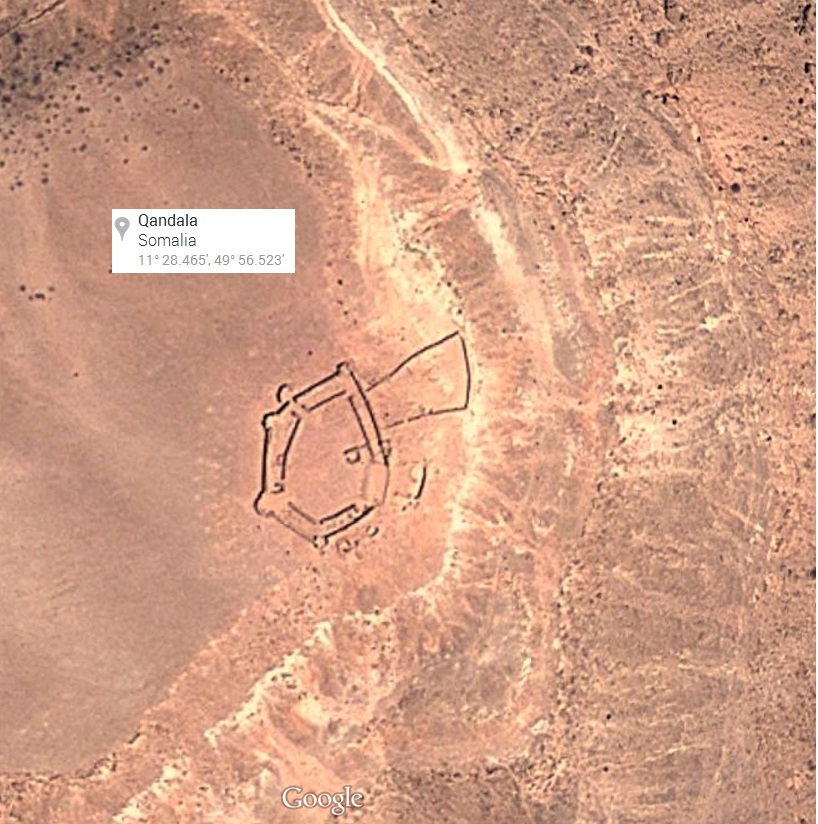
This is an aerial picture of the town, it looks like it was enclosed by some kind of structure.

Last edited:
Check this out: https://mogadishuimages.wordpress.com/category/x-other-locations/ne-somalia/
The lost/abandoned Botiala aka Bandar Kor (North-Eastern Somalia- Bari Region). It is rich in Frankincense and is also an archaeological site.

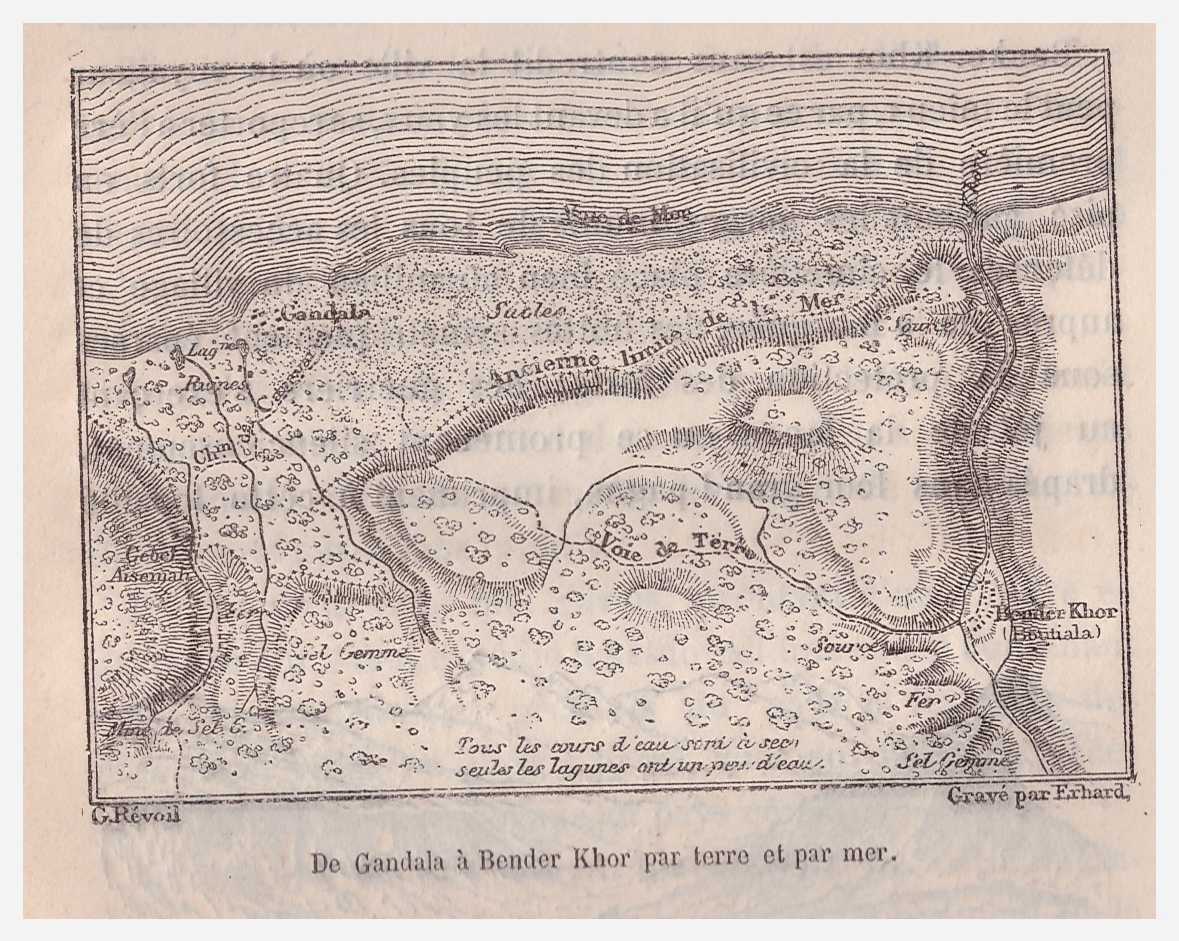
The lost/abandoned Botiala aka Bandar Kor (North-Eastern Somalia- Bari Region). It is rich in Frankincense and is also an archaeological site.
Botiala, also known as Bottiala or Bandar Kor, is an archaeological site in the northeastern Bari region of Somalia. The site includes some stone monuments (cairn) and other archaeological remains and pottery sherds.
There was more information but the qabiilist Somali moderators on Wikipedia deleted it (check wiki, they keep deleting and editing things and you will notice which group it is).The Wikipedia entry also says “To the north of the fortress complex is an impressive field of approximately 200 stone cairns (taalo) of varying sizes, some of which are associated with standing stones. Close by and along the shoreline are extensive shell middens. Neither structures have yet been excavated or dated“
Bender Khor is unquestionably the city where the traveller may be the best at what he has before his eyes , refer to the first era of civilization of the people. Four adobe forts guard the gorge, complete with all defence accessories. The cemetery is placed right in the middle of the village and from the mosque, the huts scattered symmetrically under the protection of the forts: …… , contributed to this locality trapped in a huge amphitheatre and a great character that strikes the attention.

Last edited:
Northern Somalia has to be excavated asap, a lot will be uncovered that will show how important it was to international trade in the ancient world. So far we have excerpts from foreign travellers with the oldest so far being from an ancient greek traveller who wrote a book about it titled "Periplus of the Erythrean Sea".
The tip of present-day Puntland was called "Aromata" by foreigners, "Frankincense country", "Land of Aromatics", "Cape of Spices' etc. Till this day Puntland is also called "Dal Udug" or "Dhul Udug". by locals. There is a lot more information pertaining each trade town but I'll make another topic about it someday.

The tip of present-day Puntland was called "Aromata" by foreigners, "Frankincense country", "Land of Aromatics", "Cape of Spices' etc. Till this day Puntland is also called "Dal Udug" or "Dhul Udug". by locals. There is a lot more information pertaining each trade town but I'll make another topic about it someday.
Last edited:
I wonder if it's the same building as Boqor Osman's Castle or a separate fort?
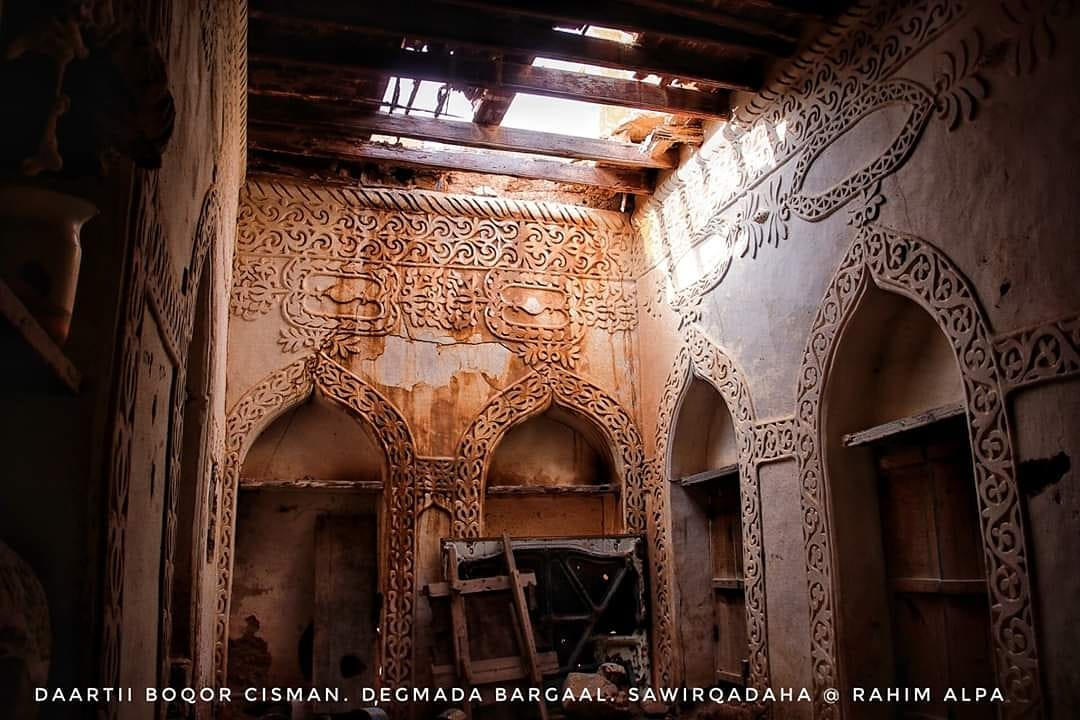
^
It's Not A Castle It's The Entrance To The Port Where They Built The ShipsI wonder if it's the same building as Boqor Osman's Castle or a separate fort?

It's Not A Castle It's The Entrance To The Port Where They Built The Ships
I think the damaged building below is one of Boqor Osman's places in Baargaal, he had a few different castles such as the one in Caluula and Dhuudo I believe
Did He Not Have Seasonal Capital's For The Different Season's Man The North Have A Lot Castles And Structure's Inshallah It Will Be InvestigatedThis was Boqor Osman's place in Baargaal, he had a few different castles such as the one in Caluula and Dhuudo I believe
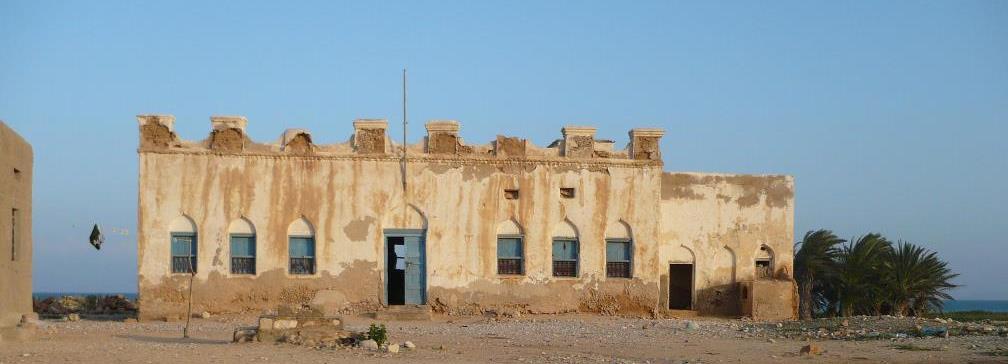
Boqor Osman's Castle in Bosaso
(Majeerteenia Kingdom)

(Majeerteenia Kingdom)
MT Foxtrot
Anti-qabil
Zeila:

The first is not really a "hut" but a type of tent used by Cushites in general:
This is a very ignorant statement, abowe. Islam came to Somalis through trade and thus the manner in which it was adopted was very syncretic meaning a great part of the pre-Islamic culture was intermingled with the new religion and cultural influences. Frankly, the vast majority of Somali culture just 100 years ago was pretty much indigenous:
You don't have permission to view the spoiler content. Log in or register now.
He is very correct. Somalis in the 1800s and early 1900s were still traditionally dressing no different from a Xabash in Ethiopia or a Beja in Sudan, using traditional Xeer law alongside the Sharia, using their own native calendar, believing in sacred trees, trials by fire, Ayaanle spirits, figures like Nidar and Huur, folktales like this, keeping alive material culture and burial customs like this, keeping dogs (yes) with their nomadic flocks and practicing all kinds of un-Islamic shirk on a daily basis.
Islam and Arabs had a very strong impact but Geeljires were not living in Bedouin goat-hair tents and still aren't to this day but in the domed mat-tents of Cushitic nomads like Bejas, Afars and even South-Cushitic influenced people like the Khoe-Khoe of South-Africa:
You don't have permission to view the spoiler content. Log in or register now.
Our native culture always remained. It has been more diluted in the last 30-60 years due to things like modernization and salafism but even so we aren't some Carab Iska dhalis people. To this day we have our own language, identity, heritage and culture like any other non-Arab Muslim people such as Desi, Turkic and Iranic Muslims. We are simply a native Horn, Cushitic people who adopted Islam along with some notable cultural influences from the Jazeera.
You insult your forebears with such statements.
Hamzza
VIP
Only camel herding cushites use this tent/hut somalis,afars,rendille etcThe first is not really a "hut" but a type of tent used by Cushites in general:
Hamzza
VIP
1865 drawing by Karl Klaus von der Decken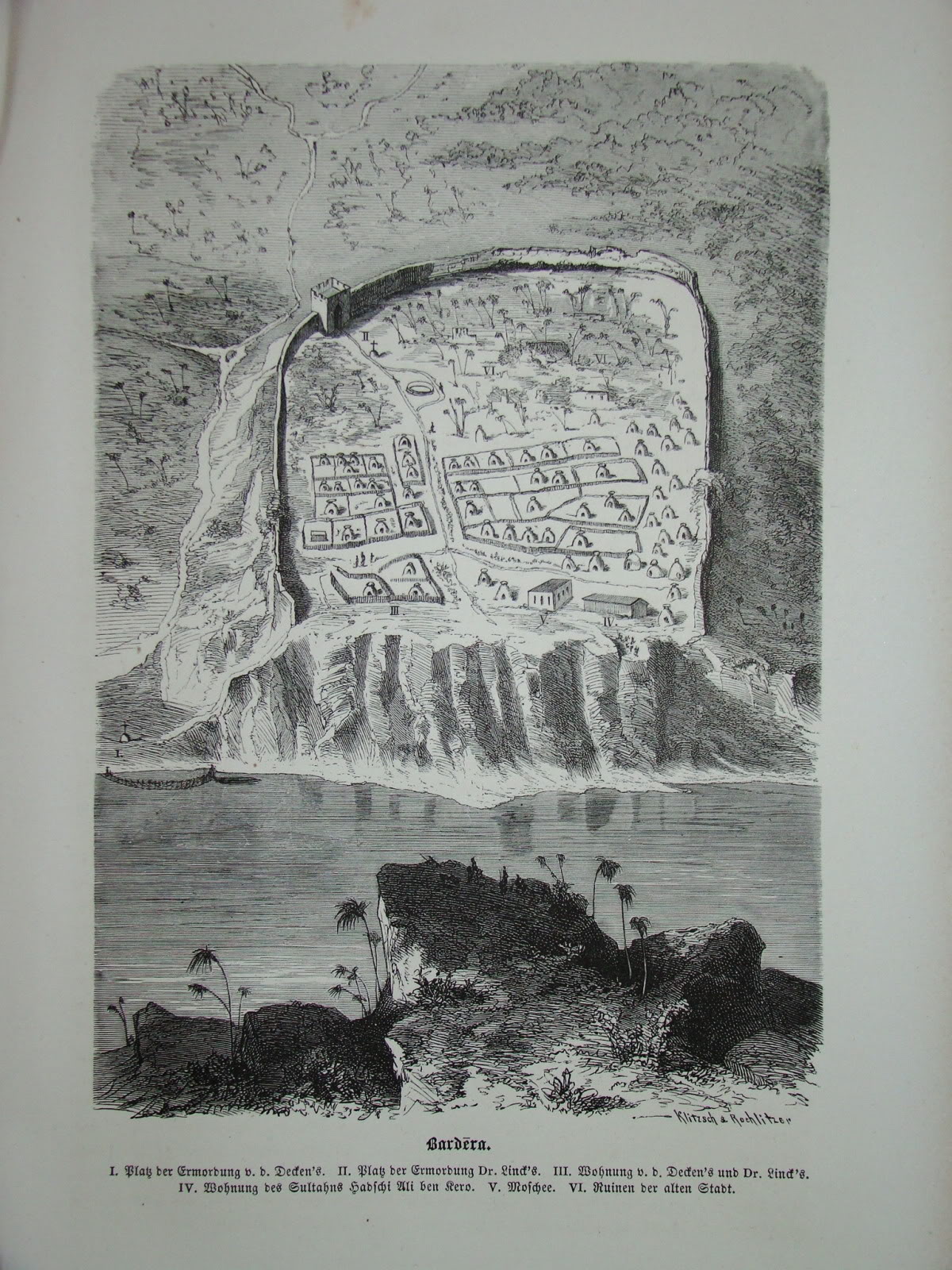
Baardheere citadel in the 1800s.
Somalis, Sahos, Bejas, Afars, Tigre (Ethiosemitized Beja), Rendille and even the South Cushitic pastoralists all used it. The latter even spread it to KhoiKhoi people in South Africa:Only camel herding cushites use this tent/hut somalis,afars,rendille etc
It is also used by various Sudani and Chadian Arab groups like the Baggara Arabs:
There is reason to believe, both genetics and linguistics wise, that these Sudani/Chadian groups have notable ancient Cushitic roots which probably explains the tents but these types of domed mat-tents are found all across the Sahel as well. Even in different designs among groups like Fulanis:
This type of domed mat-tent was most likely used by some of the earliest nomads of the Sahel region and Cushites have especially preserved it. But yes, semi-nomadic/more settled Cushites like the Borana and Sidamics don't use domed mat-tents anymore.
Trending
-
Somali woman kills 13 year old because he touched her naaso
- Started by Abdixakim
- Replies: 33
-
-
